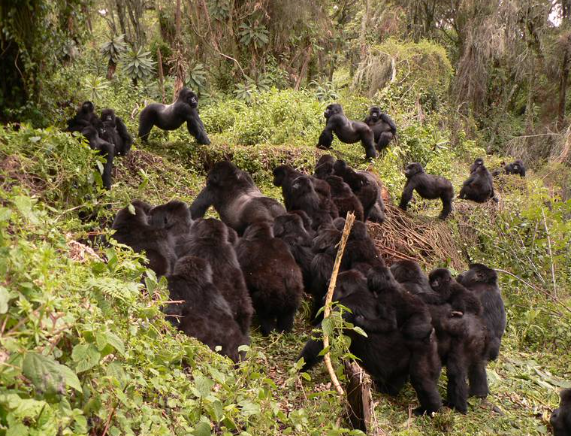The Role of Silverbacks in Gorilla Groups
Understanding the dynamics of gorilla social structures offers fascinating insights into animal behavior. The silverback gorilla, the dominant male in a group, holds a significant position that shapes the very essence of gorilla life. Exploring their role not only enhances our knowledge of these magnificent creatures but also underscores the importance of conservation efforts aimed at protecting their habitats.
Leadership and Protection
At the heart of a gorilla group’s dynamic is the silverback, responsible for the safety and wellbeing of its members. This strong male leads through both physical prowess and charisma, often demonstrating protective behaviors during threats from predators or rival groups. The silverback also facilitates peace within the group, often using body language and vocalizations to communicate and maintain harmony. His leadership instills confidence, allowing other members to thrive in a secure environment.
Breeding and Parenting
Silverbacks play a crucial role in the reproduction and upbringing of young gorillas. As the primary breeding male, he has the responsibility of mating with the females in his group, ensuring the continuation of their lineage. Beyond breeding, silverbacks are also involved in parenting, displaying nurturing behaviors towards the young. They engage in play and groom the infants, fostering bonds that promote a cohesive and harmonious group environment. This attentive nature is essential for the development of the young gorillas, who learn vital social skills by observing and interacting with their fathers.
Social Groups and Dynamics
The structure of gorilla groups is not solely dependent on the silverback; it includes multiple females and their offspring, often referred to as a harem. The silverback’s role is pivotal in managing these relationships, balancing the dynamics among females and their young. He creates a social hierarchy that is critical for maintaining group stability. Often, silverbacks will mediate disputes among females, reinforcing alliances and ensuring cooperation within the group. This social organization safeguards the group’s cohesion and emotional wellbeing, allowing everyone to coexist peacefully.
In conclusion, the role of silverbacks in gorilla groups is multifaceted and central to their social structure. Their leadership, breeding, and parenting capabilities contribute to the survival and resilience of their communities. If you’re interested in learning more about gorillas and the remarkable features of their social lives, consider exploring conservation programs or visiting a local zoo to witness these incredible animals firsthand. Every effort we make towards understanding and protecting them today helps secure their future.

